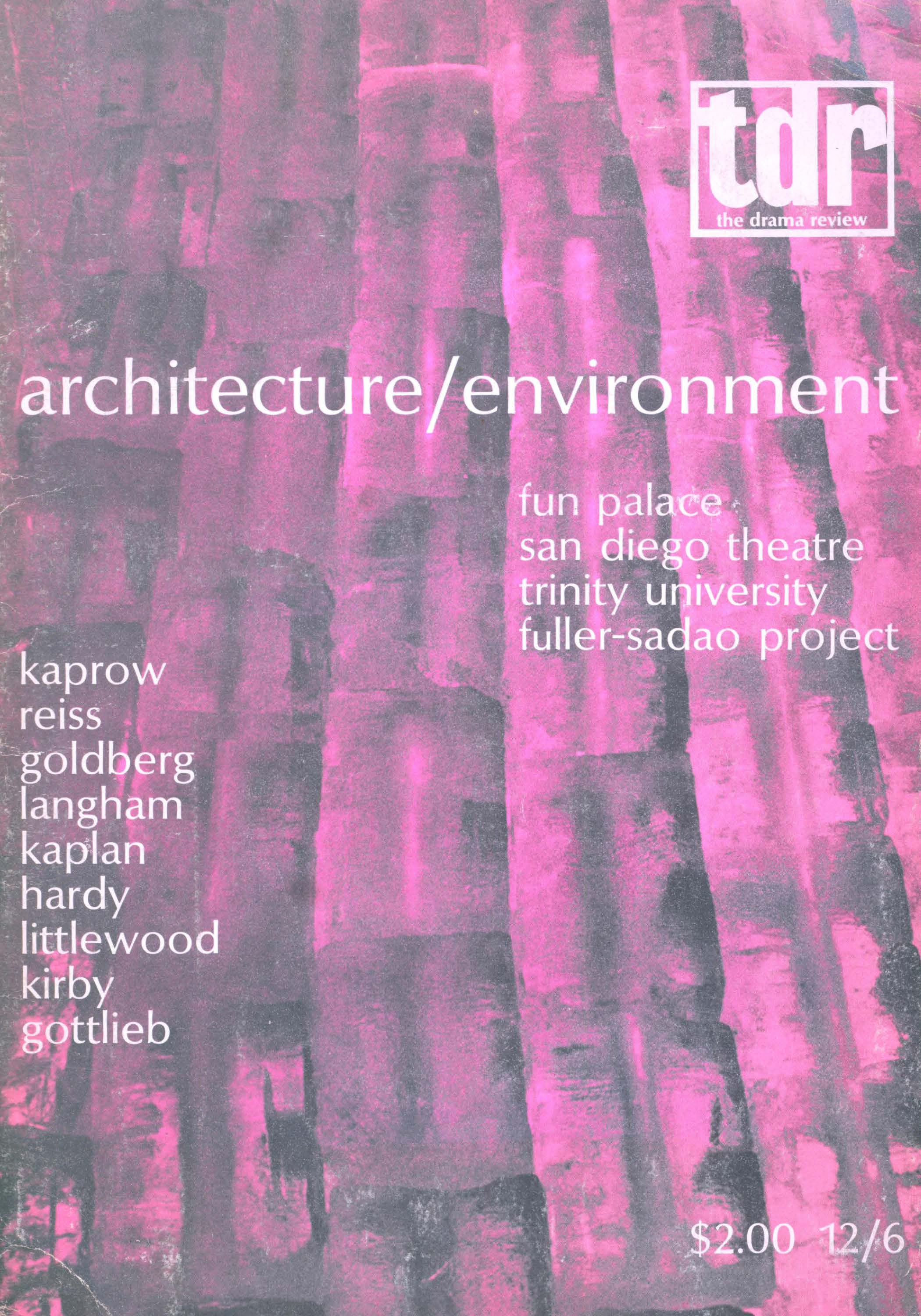Article contents
The Old and the New in Brazilian Cinema
Published online by Cambridge University Press: 07 December 2021
Extract
The first stirrings of the Cinema Nôvo movement were in the early 1950's, when some young filmmakers began to protest the expensive imitations of Hollywood and cheap musical comedies (chanchadas) that made up the traditional Brazilian cinema. This protest found an immediate echo among young film critics.
In 1952, Italian neo-realism was the main inspiration of my first film, Agulha no palheiro (Needle in a Haystack), for which Nelson Pereira dos Santos served as assistant director. Neo-realism dominated dos Santos’ own first two films, Rio, 40 grans (Rio, 40 Degrees), 1955, and Rio, zona none (Rio, Northern District), 1957, as well as his production of Roberto Santos’ O grande momenta (The Great Moment) in 1958. From 1958 to 1962, there was a series of experimental short films.
The name of the movement, Cinema Nôvo, appeared for the first time around 1959-60, but even then it was as fluid and undefined as that of the French nouvelle vague.
- Type
- Cinema Nôvo
- Information
- Copyright
- Copyright © 1968 Museum of Modern Art
- 1
- Cited by


